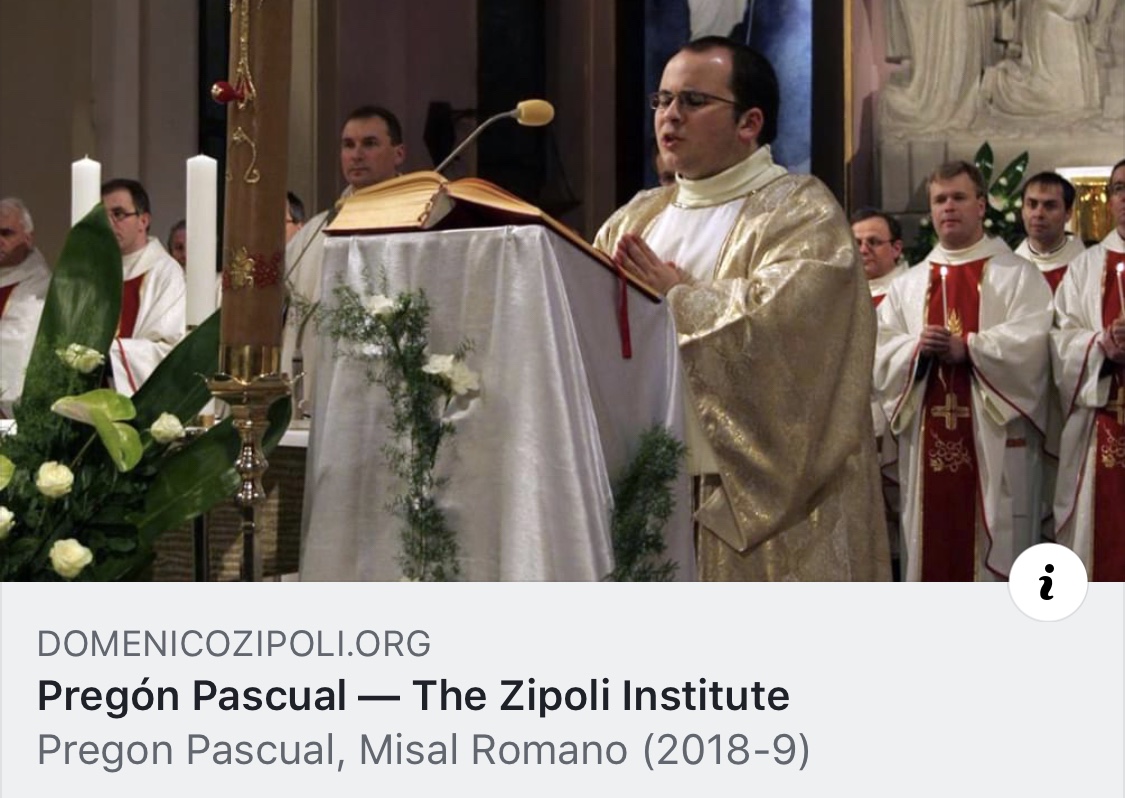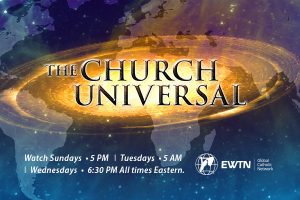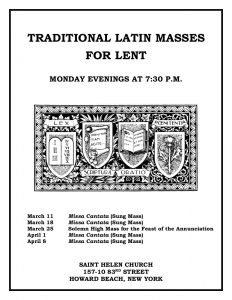Something odd happened after the Council. The Catholic world became accustomed to a very old form of liturgical song: the antiphon and its Psalm. This came in the form of the Responsorial Psalm between the readings at Mass, in the place of the gradual chant.
The Responsorial Psalm is customarily sung antiphonally. A cantor, or occasionally a schola, intones an antiphon. This is repeated by the congregation. The cantor or choir then sings verses of a Psalm, punctuated again and again by the antiphon.
This is exactly the form of an introit or a Communio.
The Communion antiphons, even in Latin, are almost always accessible to a congregation. Granted, this was not their original intention, but singing them is certainly possible. This is even more the case with the many vernacular proper antiphons, or even “Englished” chants using authentic melodies. Singing anything repeatedly helps us to interiorize its meaning, and the sacred texts of the antiphons are well worth interiorizing.
The Responsorial Psalm is remarkably popular with congregations. No one, in my experience, ever complains about it. This is not normal. Music is a sensitive subject for most people, and liturgical music particularly so. People complain about most liturgical music. And yet no one complains about the Responsorial Psalm.
I’ve mentioned here before that one of the first steps a pastor might prudently take to implement sacred music in his parish is to sing a Responsorial Psalm during the Communion procession–while people are going to Communion. This is perfectly allowable according to #87 of the GIRM:
“In the Dioceses of the United States of America, there are four options for singing at Communion: (1) the antiphon from the Missal or the antiphon with its Psalm from the Graduale Romanum, as set to music there or in another musical setting; (2) the antiphon with Psalm from the Graduale Simplex of the liturgical time; (3) a chant from another collection of Psalms and antiphons, approved by the Conference of Bishops or the Diocesan Bishop, including Psalms arranged in responsorial or metrical forms; (4) some other suitable liturgical chant (cf. no. 86) approved by the Conference of Bishops or the Diocesan Bishop. This is sung either by the choir alone or by the choir or a cantor with the people.”
One of the many benefits of singing a Psalm in this way is its acceptability. There is still time to sing a congregational hymn after Communion (GIRM #88) if desired, so if a hymn is customary during the procession, it won’t be long missed. People like singing Responsorial Psalms. It’s easier to sing an antiphon than a strophic hymn during a procession, because books are not needed.
In my experience, there is little to no resistance when introducing an antiphonal Psalm at Communion.
Having solved that difficulty, is there a way to solve its converse as well?
A much more difficult change, but one which I would personally welcome very much, would be the return of the Gregorian Graduals, Alleluias, and Tracts. Joining in with an antiphonal Psalm has its place in the Mass, at Communion and possibly the Introit and even the Offertory. On the other hand, it seems to me that the “better part” of a congregation’s attitude during and between the readings is to settle ourselves in for a good, long listen.
The Lord told His disciples that the “good soil” in the parable of the sower is someone who hears the word and understands it. An important aspect of good soil is its preparation. In most parishes, barely has the Mass begun before we hear the Gospel. Is it enough time to open our hearts to hear it?
The Gradual, Tract, and Alleluia chants give us a luxury of time and reflection that is almost impossible to find in our world. Honestly, it is hard to find in the Church, even when proper antiphons are used, because for reasons of time and the limitations of expertise and rehearsal constrain and simplify the verses to Psalm tones or similar musical abbreviations.
I think it is worth running a cost-benefit analysis here. Yes, it takes quite a long time to sing the proper chants between the readings. On the other hand, if they enhance the sacred attention of the congregation to the Sunday readings, is it possibly worth it?





